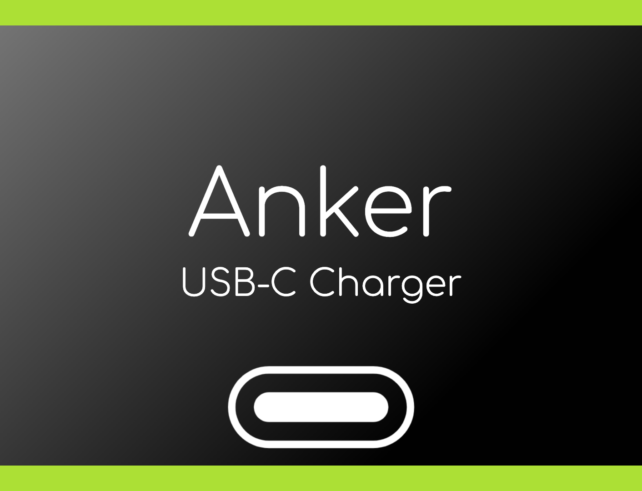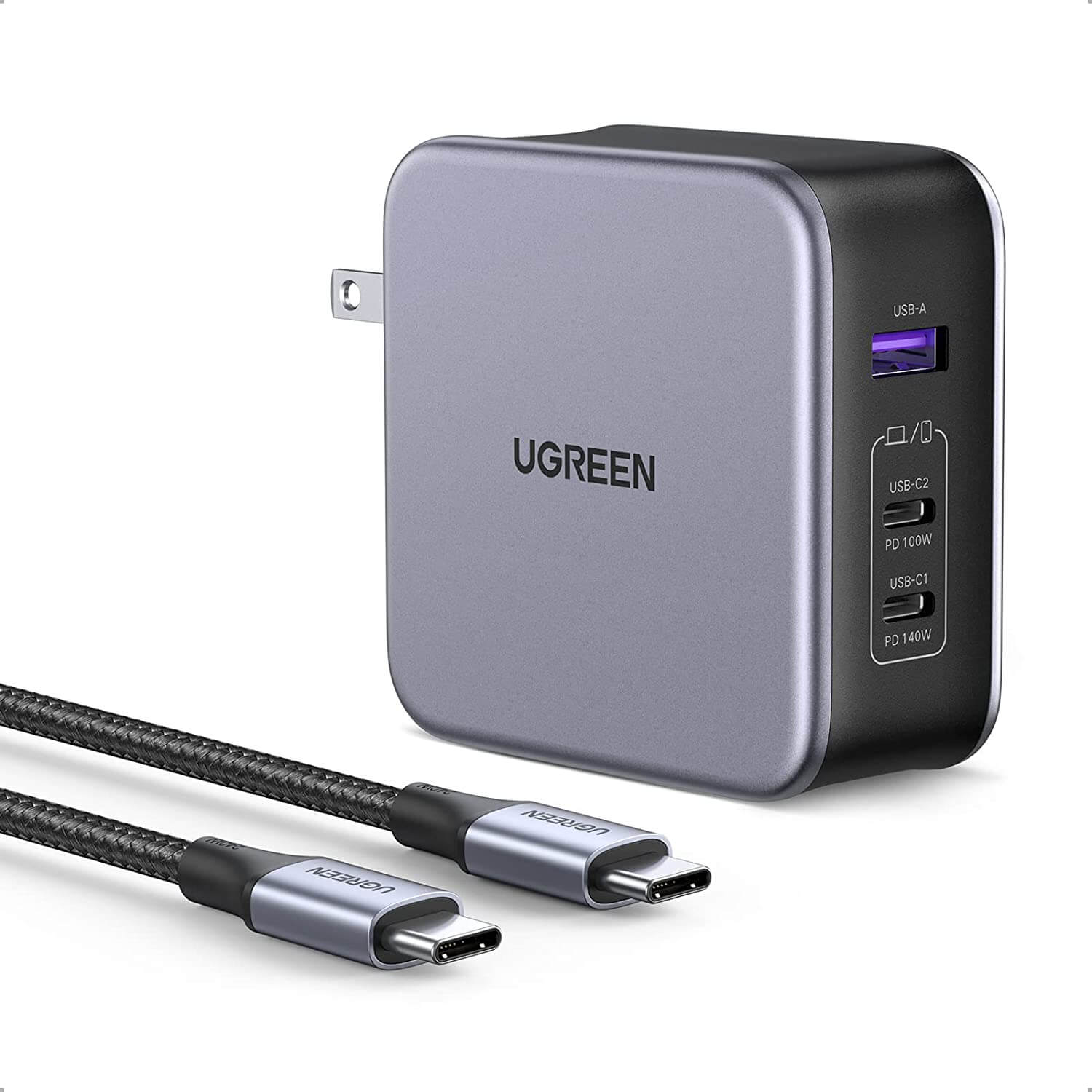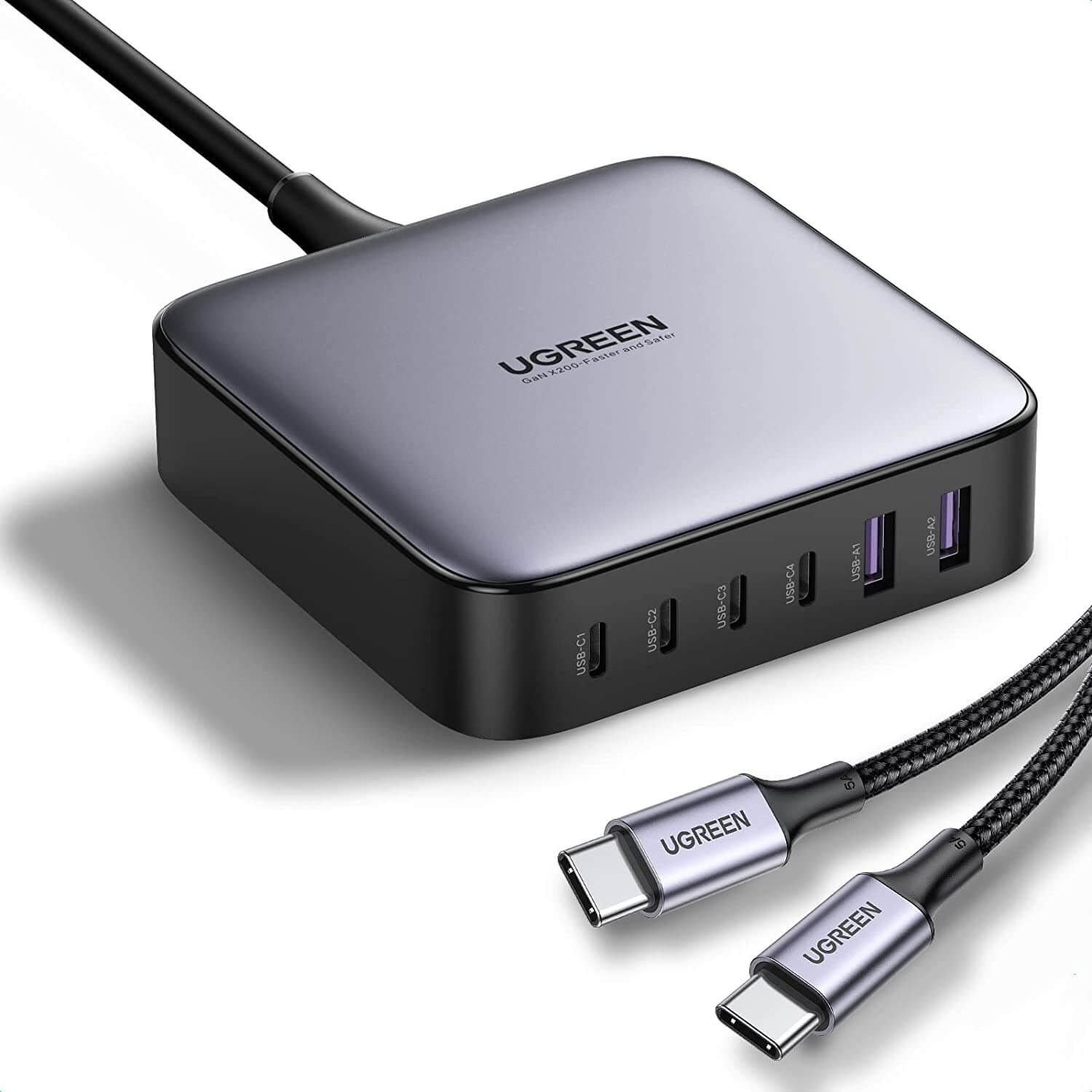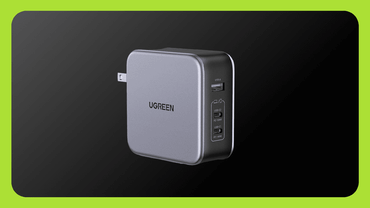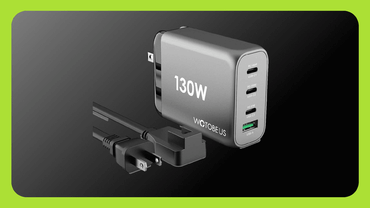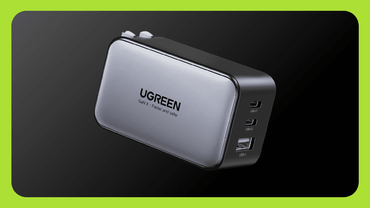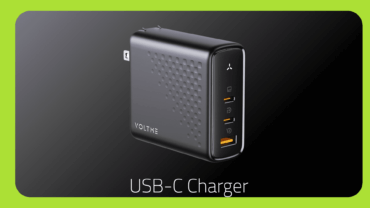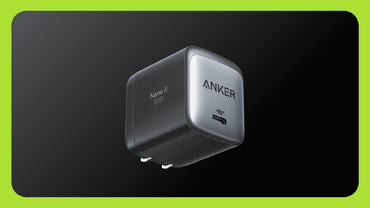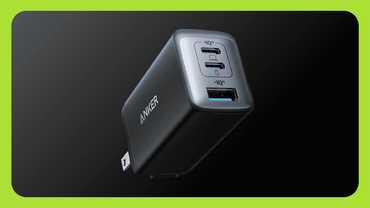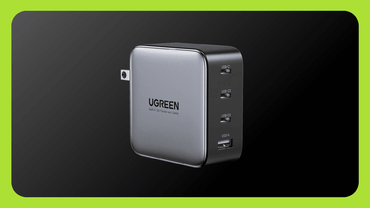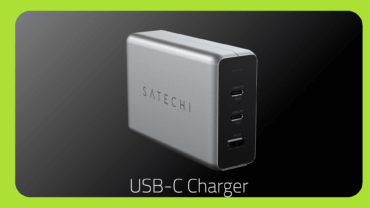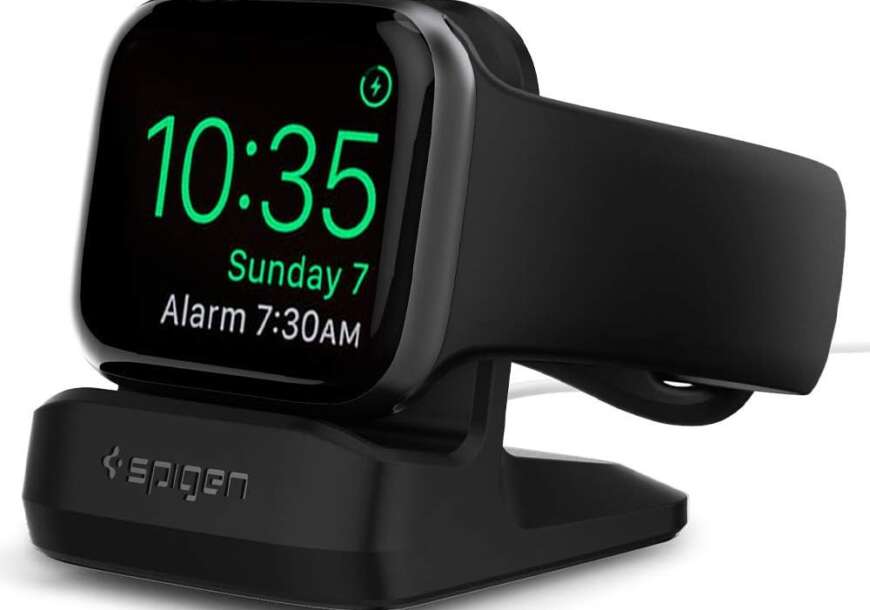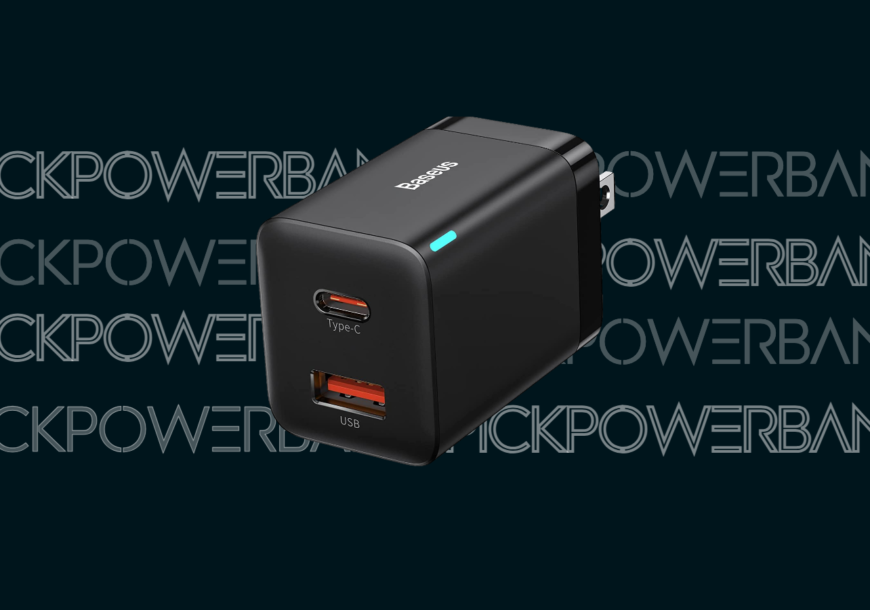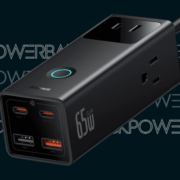Best USB-C Chargers in 2025
If you’re looking for the best USB-C chargers, you’ve come to the right place. We’ve rounded up a selection of the best chargers on the market, so you can find the perfect one to suit your needs.
What are the Best USB-C Power Delivery Chargers
USB-C Power Delivery is a new specification that allows for much higher power delivery over a USB connection. With traditional USB, you’re limited to 2.5 watts of power delivery.
With USB-C Power Delivery, you can get up to 100 watts of power delivery. That means you can charge your laptop, phone, and tablet all at the same time with just one charger.
USB-C Power Delivery is also reversible, so you don’t have to worry about which way is up when you plug in your charger. And because it uses the USB Type-C connector, it’s compatible with all the latest phones, laptops, and tablets. If you’re looking for a new charger that can take advantage of USB-C Power Delivery, here are some of the best ones you can buy.
Extremely compact
3-Port GaN PD 3.1
Charging up to 3 MacBooks
4 USB-C PD port support
Compact and portable
The Best 12 USB-C or USB-C PD chargers
One of the newest technologies to hit the market is USB-C Power Delivery or USB-C PD. This standard allows for much faster charging of devices that support it, and it’s slowly but surely becoming more widespread.
If you have a USB-C PD-compatible device, you’ll need a charger that can take advantage of that standard in order to charge it quickly. Here are some of the best USB-C PD chargers on the market right now.
How to Choose a USB-C Power Delivery Charger
With the recent release of several new USB-C power delivery chargers, it can be tough to know which one is right for you. Here are a few things to keep in mind when choosing a USB-C power delivery charger:
The first thing to consider is the output of the charger. Most chargers will offer an output of 15W, 27W, or 30W. If you need a fast charge for your devices, choose a charger with a higher output.
Next, consider the type of devices you’ll be charging with your new charger. If you plan on charging a laptop, you’ll need a charger with an output of at least 27W. For charging phones and other smaller devices, a 15W charger should suffice.
Finally, think about the price of the charger. USB-C power delivery chargers range in price from around $30 to $100. If you only need a basic charger, you can probably get away with something on the cheaper end. However, if you need a high-powered charger for multiple devices, be prepared to spend more.
The Benefits of USB-C Power Delivery
There are a few key benefits of USB-C PD:
- Much higher power output: Previous versions of USB offered a maximum of 2.5 watts of power, while USB-C PD can offer up to 100 watts. This means that you can charge laptops and other high-power devices much faster than before.
- Reversible connector: The new type-C connector is symmetrical, so you don’t have to worry about plugging it in upside-down. This is a huge convenience factor when you’re trying to connect in low light or when you have multiple devices plugged in at once.
- Compatibility with multiple standards: USB-C PD is compatible with a variety of different standards, including QC 2.0/3.0, AFC, and BC 1.2. This means that it will work with a variety of different devices out of the box without the need for adapters or special cables.
Power Delivery between USB Charging Port
| Type | Maximum Power | Voltage | Maximum Current |
| USB 2.0 | 2.5W | 5V | 500mA |
| USB 3.0 | 4.5W | 5V | 900mA |
| USB BC 1.2 | 7.5W | 5V | 1.5mA |
| USB Type-C | 15W | 5V | 3A |
| USB Type-C PD | 100W | 20V | 5A |
Typically Devices Power Consumption
USB-C PD is a new standard that can deliver up to 100 watts of power. This is enough to charge laptops and other devices.
How Do I Choose The Right USB-C Power Delivery Charger For Me?
When choosing a USB=PD charger there are a few things you need to keep in mind:
- The power output: Make sure that the charger you choose can provide enough power for your needs. If you’re just charging a phone, any PD charger will do, but if you’re trying to charge a laptop then you’ll need something with at least 60 watts of output.
- The number of ports: Some chargers only have one port while others have multiple ports. If you regularly need to charge more than one device at a time then you’ll want to choose a charger with multiple ports so that you don’t have to wait for each device to finish charging before moving on to the next one.
- The size and weight: If you’re going to be traveling with your charger then size and weight will be important considerations. You’ll want something that’s small enough to easily fit into your bag but still has enough power output for your needs.
The Future of USB-C Power Delivery
As more and more devices move to USB-C for their power needs, it’s important to have a good charger that can take advantage of the new standard. USB-C Power Delivery is a new specification that allows for much higher power transfer than the old USB standards, and it’s becoming more common in laptops, phones, and other devices.
There are a few different versions of USB-C Power Delivery, but the most common one is version 2.0. This allows for power transfer up to 100 watts, which is enough to charge most laptops. There are also versions 3.0 and 4.0, which allow for even higher power transfer, up to 200 watts and 400 watts respectively.
If you’re looking for a charger that can take advantage of USB-C Power Delivery, there are a few things to keep in mind. First, make sure that the charger you choose supports the right version of USB-C Power Delivery for your device.
Second, check the output voltage and current rating to make sure it’s compatible with your device. And finally, make sure the charger has the right type of connector for your device.
The Drawbacks of USB-C Power Delivery
One of the lesser-known drawbacks of USB-C Power Delivery is that it can cause compatibility issues with some devices. Specifically, devices that charge via USB-C but don’t support Power Delivery may not work with a charger that only supports Power Delivery. In some cases, you may need to use a separate, non-Power Delivery charger for those devices.
Another potential issue is that not all USB-C cables support Power Delivery. So even if your device does support Power Delivery, you’ll need to make sure you’re using a compatible cable. To be safe, we recommend only using cables that are specifically marketed as being compatible with USB-C Power Delivery.
What is USB-C Power Delivery?
USB-C Power Delivery (USB-C PD) is a new standard that allows for much faster charging of devices over a USB connection. It was first announced in 2014 and has slowly been adopted by device manufacturers since then.
How does USB-C Power Delivery work?
With traditional USB chargers, the maximum amount of power that can be delivered is 2.5 watts (5 volts at 500mA). This is fine for charging most phones and small devices, but it isn’t enough to charge larger devices like laptops or tablets at full speed.
USB-C Power Delivery increases the maximum power delivery to 100 watts (20 volts at 5A). This allows for much faster charging of devices that support it.
Do I need a special charger for USB-C Power Delivery?
Yes, you will need a charger that supports USB-C Power Delivery in order to take advantage of the faster charging speeds. Most laptops and tablets that support USB-C PD will come with a compatible charger, but you can also purchase third-party chargers that support the standard.
What are the benefits of USB-C Power Delivery?
The main benefit of USB-C Power Delivery is that it allows for much faster charging of devices over a USB connection. This means you can charge your laptop or tablet in a fraction of the time it would take with a traditional USB charger. Additionally, since the power delivery is standardized, you can use any compatible charger with any device that supports USB-C PD.
Are there any disadvantages to using USB-C Power Delivery?
The only real disadvantage to using USB-C Power Delivery is that it requires a compatible charger. If you don’t have a compatible charger, you won’t be able to take advantage of the faster-charging speeds. Additionally, not all devices support USB-C PD yet, so you may not be able to use it with all of your devices.
Latest USB-C Charges Reviews
Latest Posts about USB-C Charger
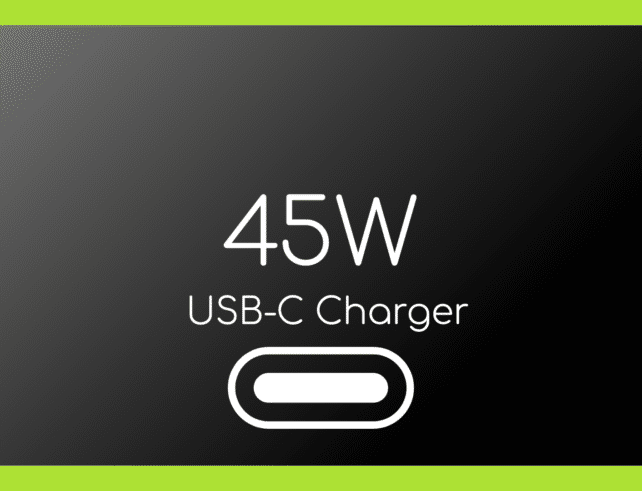
Best USB-C Charger 45W: Your Device Needs Best Performance & Speed
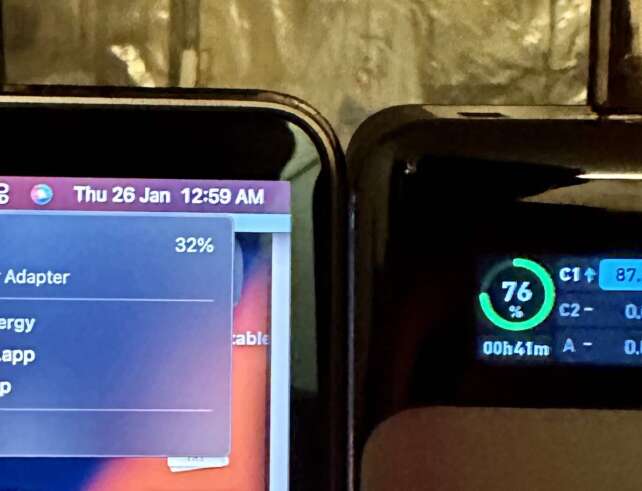
Best USB-C charger 100W: Charging Power for All Your Devices Reviewed
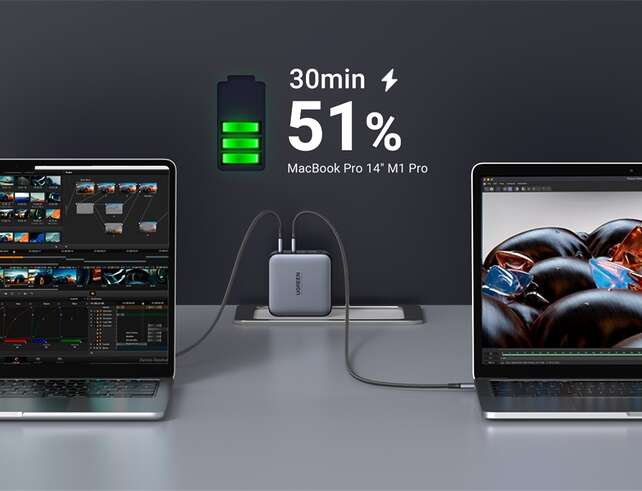
What is Qualcomm Quick Charge 3.0 & How Does it Work?
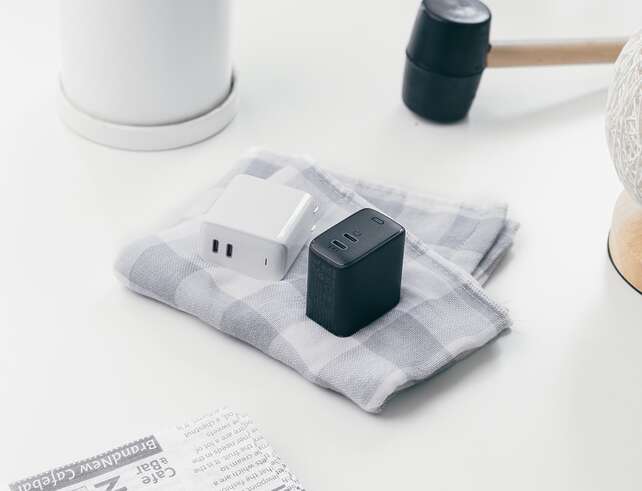
How Fast Chargers Work & What You Need to Buy?
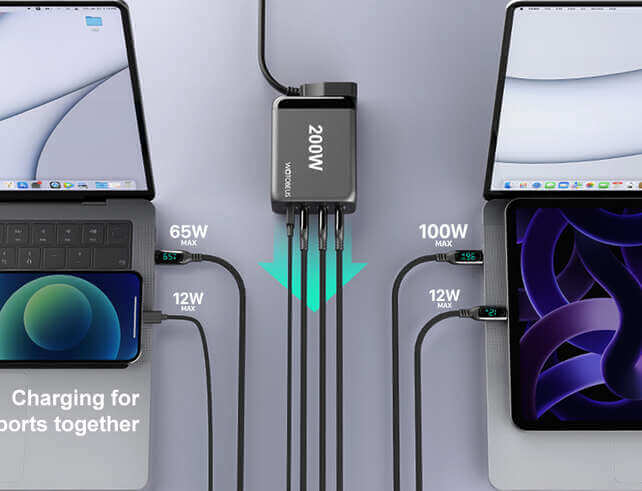
What is Programmable Power Supply PPS Fast Charging & Is It better?
